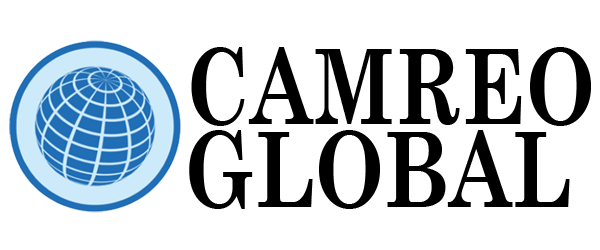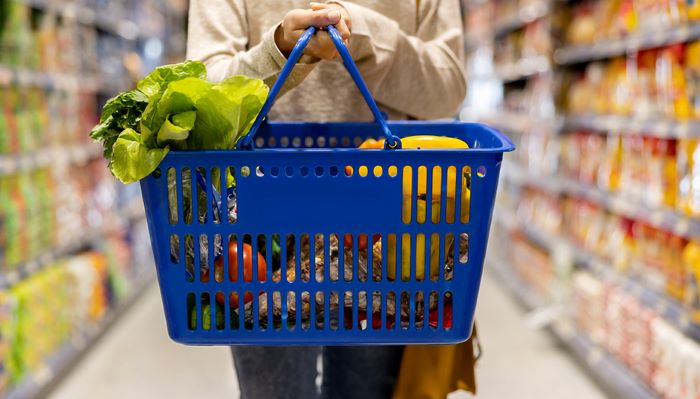Economy
US Consumer Confidence Reaches Its Highest Level Since the End of 2021
US economic indicators show a significant development, as the latest data reveals a notable surge in consumer confidence in the United States, reaching its highest point since December 2021. This positive trend is indicative of a growing optimism among American consumers about the economic outlook, driven by favorable perceptions of the job market and improved views on inflation.
Data Highlights and Analysis
According to data released by The Conference Board on Tuesday, the consumer confidence gauge rose to 114.8 in January, up from a revised 108 in the previous month. This figure aligns with expectations, matching the median estimate in a Bloomberg survey. The robust increase is particularly noteworthy as it represents the third consecutive monthly rise, marking the longest stretch of sustained growth since 2021.
Breaking down the components of the data, the gauge of current conditions saw a remarkable surge to 161.3, reaching its highest level since March 2020. Simultaneously, the measure of expectations reached a six-month high. Consumers anticipated the inflation rate to average 5.2% in the next 12 months, representing the lowest expectation since March 2020.
Insights from Economists
Dana Peterson, Chief Economist at the Conference Board, attributes this January surge to several factors. Slower inflation, anticipation of lower interest rates, and generally favorable employment conditions have contributed to the growing confidence among consumers. Peterson noted that companies continue to hoard labor, fostering positive employment conditions.
“Peterson sees lower inflation, anticipated rate cuts, and robust employment boosting January’s consumer confidence,” according to Wall Street Journal Subscription.
Consumer Behavior Trends
While the overall sentiment is optimistic, the data did reveal a slight easing in buying plans. The shares of consumers expecting to make significant purchases, such as cars, homes, and major appliances, slipped from the previous month. This could be indicative of cautious consumer behavior, potentially influenced by factors like economic uncertainties.
Contributing Factors to Consumer Confidence
The positive trend in consumer confidence in the US economic landscape is driven by a recovering job market and declining unemployment rates. These factors naturally boost confidence in meeting financial obligations and making discretionary purchases. Additionally, the stabilization and rebound of financial markets contribute to consumer reassurance, alleviating concerns about economic uncertainties.
Government Economic Policies and Market Outlook
Government economic policies, including stimulus measures and targeted economic relief, are also likely contributors to the newfound confidence among consumers. A robust housing market plays a vital role, contributing to the positive trend in economic sentiment. Stable or rising housing prices can enhance homeowners’ feelings of financial security, further bolstering overall confidence.
Future Considerations and Potential Challenges
However, despite the current optimism, it’s essential to consider potential challenges and uncertainties. These factors could impact consumer confidence in the future, warranting a cautious outlook. External factors, including global economic conditions, geopolitical tensions, and public health crises, can significantly influence the trajectory of consumer sentiment. These elements have the potential to shape consumer confidence and behavior in profound ways. As the US economy navigates through these factors, the sustained upward trajectory of consumer confidence remains a key indicator to watch in assessing the overall economic health of the nation.
“Despite optimism, potential challenges loom. External factors may sway future consumer confidence,” said Barron’s.

